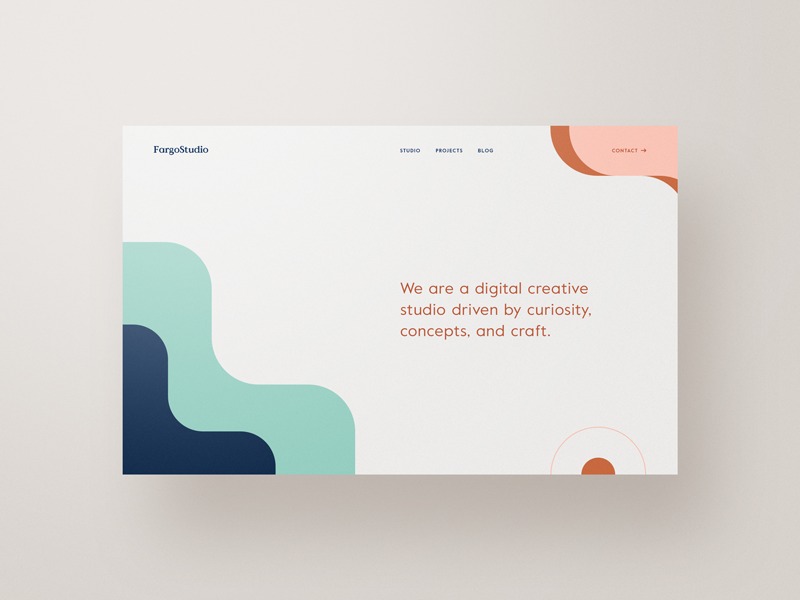0818 Work Insights
Your go-to source for the latest work trends, tips, and advice.
Less is More: Embracing the Beauty of Minimalist Web Design
Discover the power of simplicity! Uncover why minimalist web design is the key to stunning, user-friendly experiences.
The Principles of Minimalist Web Design: A Comprehensive Guide
The Principles of Minimalist Web Design revolve around creating a user-centric experience through simplicity and functionality. This design philosophy aims to strip away unnecessary elements, allowing users to focus on the content that truly matters. By utilizing a limited color palette, ample white space, and a selective use of images, minimalist design enhances readability and improves navigation. Key elements include:
- Clean layouts
- Intuitive usability
- Efficient use of typography
- Fast loading times
Implementing minimalist web design not only elevates the aesthetic appeal of a website but also increases its overall usability. Users tend to appreciate a straightforward browsing experience, which significantly reduces cognitive load. Furthermore, minimalist sites often perform better on mobile devices, aligning with the growing trend of mobile user engagement. By focusing on essential content and prioritizing functionality, designers can create websites that are not only visually appealing but also highly effective in conveying messages and retaining visitors.

Why Less is More: The Impact of Minimalism on User Experience
In today's fast-paced digital landscape, the principle of minimalism plays a crucial role in enhancing user experience. By stripping away unnecessary elements, designers create interfaces that prioritize essential content and functionality. This approach not only declutters the visual space but also guides users toward their goals more efficiently. Emphasizing simplicity, less is more encourages intuitive navigation, enabling users to focus on what truly matters, which ultimately enhances engagement and satisfaction.
Adopting a minimalist design philosophy can lead to improved usability across various digital platforms. When users are presented with a clean and concise layout, they are less likely to feel overwhelmed or distracted. Features such as white space and a limited color palette can draw attention to key actions, making it easier for users to make choices swiftly. Additionally, reducing cognitive load fosters a seamless interaction, which is essential in retaining users and increasing conversions over time.
How to Implement Minimalist Design Elements in Your Website
When incorporating minimalist design elements into your website, start by focusing on simplicity. Limit your color palette to just a few shades that complement each other, which can create a soothing visual experience for your users. Use ample whitespace to separate different sections of your content, making it easier to digest. Consider implementing a grid layout to organize your information neatly, allowing visitors to navigate your site intuitively.
Additionally, prioritize functionality by minimizing the number of design elements on each page. An effective way to achieve this is by utilizing a single-column layout, which not only enhances readability but also guides the user's attention to the most important elements. Make sure that any icons or buttons are clear and consistent in design, so users can easily understand their purpose. By embracing minimalist design, you can create a website that is not only visually appealing but also user-friendly.